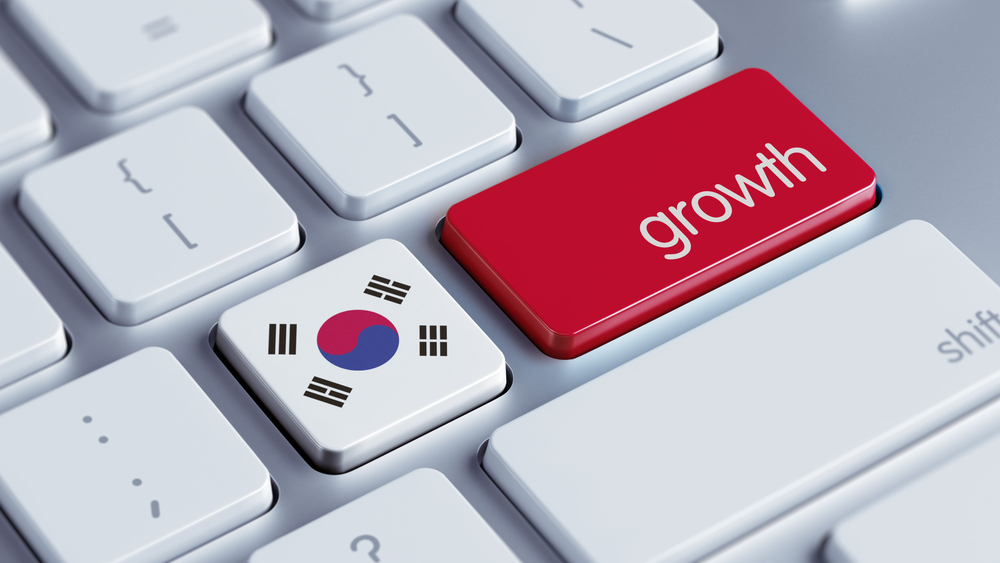South Korea’s Social Demands Outpace Social Spending

Please note that we are not authorised to provide any investment advice. The content on this page is for information purposes only.
South Korea’s economic rise since the 1960s could be attributed to many factors: its geographic position, a homogenous and hard-working population, sound economic governance exercised by authoritarian governments, and a conducive geopolitical environment. It has economically matured, having raised its per capita income fivefold since the 1950s, when it was estimated to be lower than India’s.
South Korea’s economic rise since the 1960s could be attributed to many factors: its geographic position, a homogenous and hard-working population, sound economic governance exercised by authoritarian governments, and a conducive geopolitical environment. It has economically matured, having raised its per capita income fivefold since the 1950s, when it was estimated to be lower than India’s.
South Korea’s economic growth and subsequent structural transformation have been spectacular, moving from low wage, labour-intensive industries to increasingly complex, capital- and technology-intensive ones.
Today, the country vies to be a world leader in innovation, focusing its energies on knowledge-intensive sectors, including cultural industries. Politically, it has moved away from authoritarianism. South Koreans, notwithstanding their strong ethnic identity, are also embracing the idea of a multicultural society. In short, it seems to have achieved it all in just five decades.
However, what is less obvious is that social demands have increased while the growth in income has not kept pace with social spending on education, healthcare and welfare. Labour markets are in turmoil, with the rapid increase of temporary, part-time and contract workers impacting the community as a whole.
While the broader narrative can mostly explain the rise of South Korea, we don’t have a narrative that explains how to sustain an upwardly mobile economy as new competitors, saturated markets, and domestic economic and social demands increase. What might that narrative contain?
One priority for South Korea is to embrace migrants, who come mostly from Asia. The foreign population roughly doubled between 2005 and 2010 to about one million. Consequently, South Korea is faced with new kinds of social challenges in absorbing, integrating and politically managing foreigners in relatively unskilled 3-D (dirty, dangerous and demeaning) jobs.
At the same time, the global war for talent pits South Korea against other innovation-driven countries in attracting highly skilled professionals, including students, for the continued expansion of high-technology sectors.
Clearly, new growth engines have to be fostered through innovation and nurturing new sectors such as green technologies and high-value services such as cultural industries. While South Korea does well on a number of innovation indices, there are some weak areas.
The country’s science and technology innovation capacity in 2012 was ranked 9th among 30 OECD countries, with high marks for innovation activities and resources, but quite low scores in innovation environment.
By better mobilising underutilised labour such as women and the elderly, South Korea could partly address its labour shortage. Currently, the female participation rate is considerably lower than the OECD average. Gradually phasing out the present system of mandatory retirement could keep senior workers employed, while better vocational education could reduce youth unemployment.
Providing affordable childcare services, full-day schooling options, better benefits for parental and maternity leave as well as flexible employment would likely encourage female labour market participation.
More broadly, South Korea needs to move away from low-value services for the domestic market to high-value, tradable business services such as healthcare, education, finance, content creation and software, MICE (meetings, incentives, conventions and events) and tourism. With 40 Asian cities within a two-hour flight, South Korea could export a wide range of services. The supply of foreign human capital will be critical to this endeavour.
As it seeks out new sources of growth, South Korea also needs to share its prosperity better. Inequality between chaebols and SMEs and between regular and informal workers is widely acknowledged. Both productivity and wages in SMEs lag substantially behind large firms. Only about half of non-regular workers are covered by the various national pension, health and employment insurance schemes, compared to 95 percent of regular workers.
Similarly, how to tame the country’s conglomerates — the chaebols — without killing the proverbial golden goose needs to be carefully addressed. Moral hazard around chaebols and their supporting banks has led to heavy borrowing, heightened controlling-family interests, and raised both the debt–equity ratio and the level of non-performing assets.
Key areas of intervention could include curtailing family management control, separating chaebol-controlled financial institutions from commerce, monitoring inter-subsidiary business deals to prevent unfair practices, improving corporate governance to allow non-family members to participate more effectively, and imposing severe penalties on businesses for theft and accounting fraud.
Creeping inequality is a serious concern since South Korea has been relatively egalitarian over the course of its economic development. South Korea needs to increase social spending, which is currently less than half the OECD average. Enhancing pensions and social security, increasing access to medical care, reducing college tuition, and providing free preschool education and better support for after school day care will consolidate the drive toward shared prosperity.
The dilemma, of course, is funding these programs without increasing the tax burden. Eliminating the underground economy and trimming tax deductions for high-income earners could partly offset the expected rise in public pension spending and help the middle class. Whatever strategy their country embraces, by resolving the challenges of capitalist maturity South Koreans will be better placed to enjoy the fruits of their hard earned prosperity well into the future.
How can South Korea build a more equitable economy? is republished with permission from East Asia Forum




